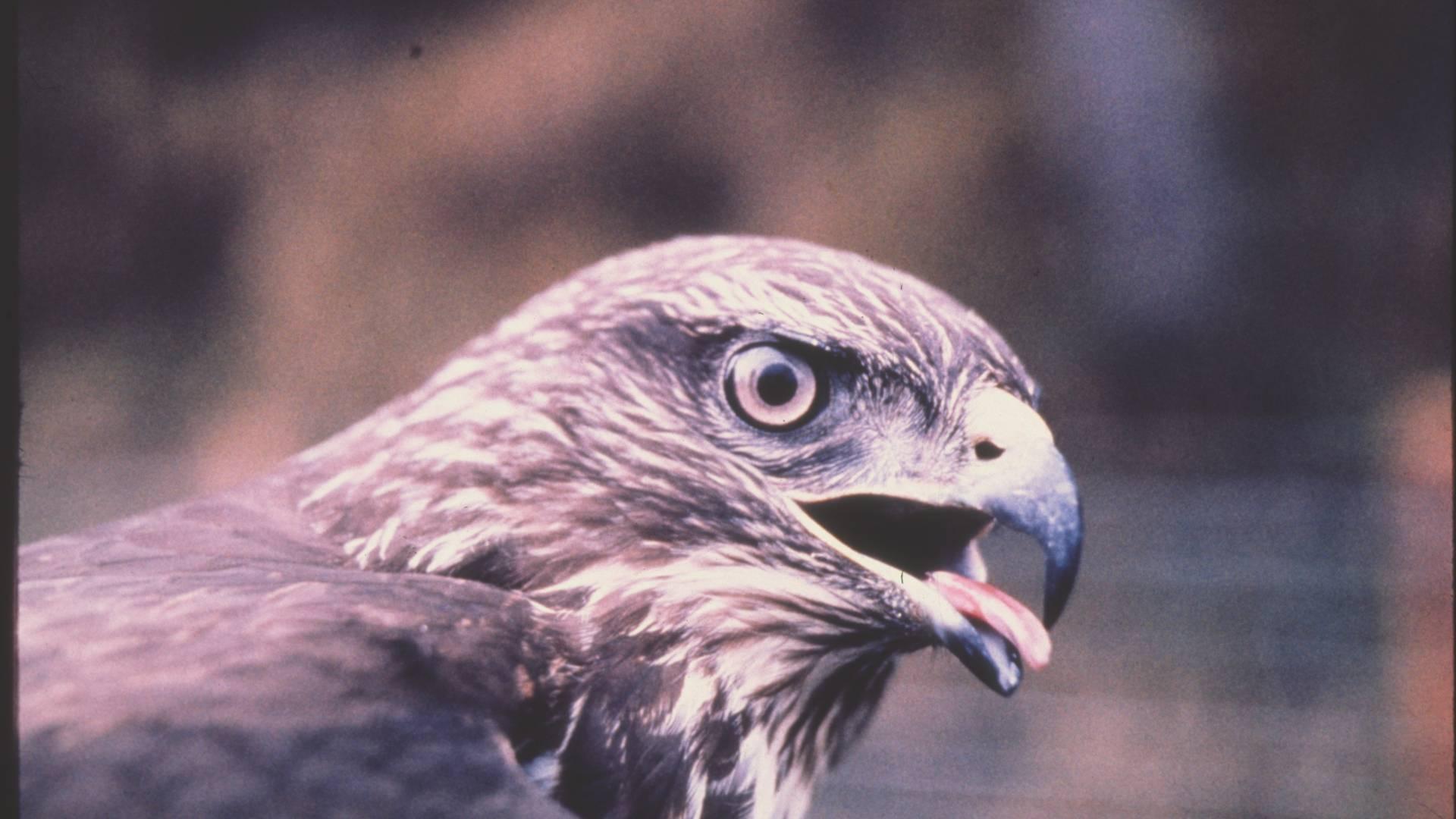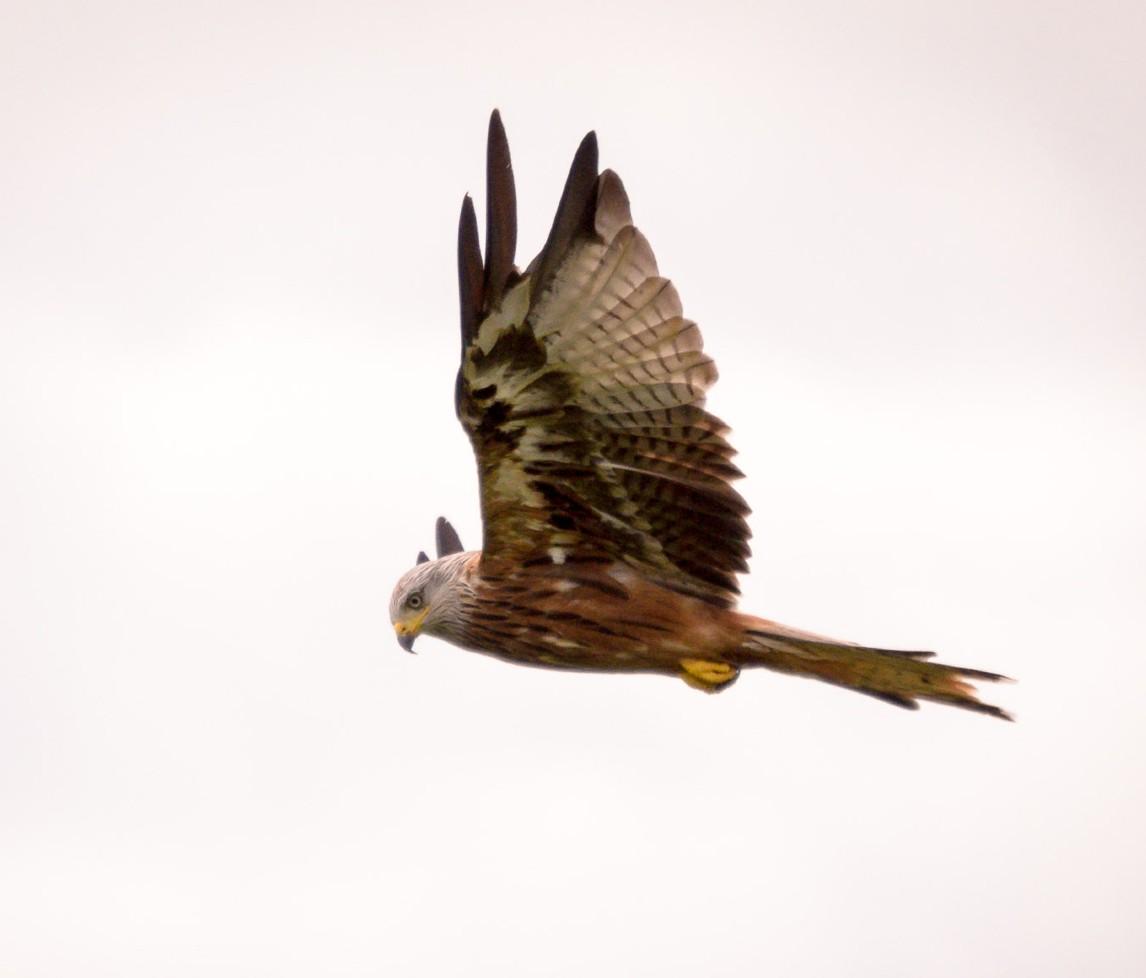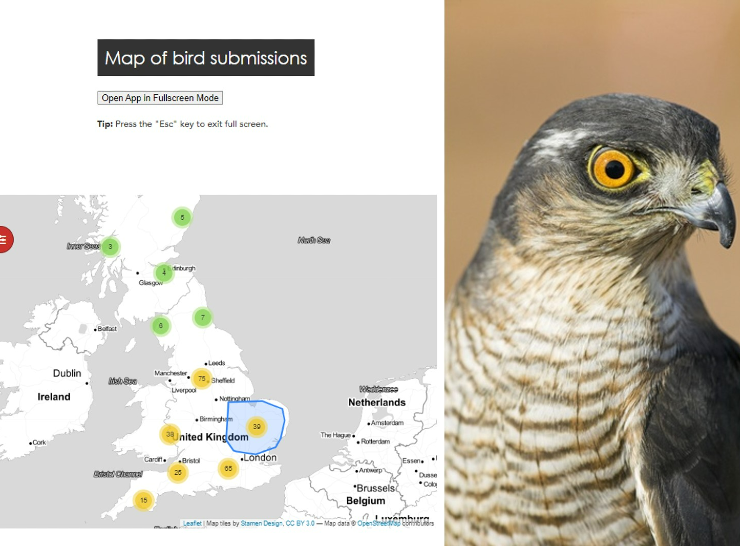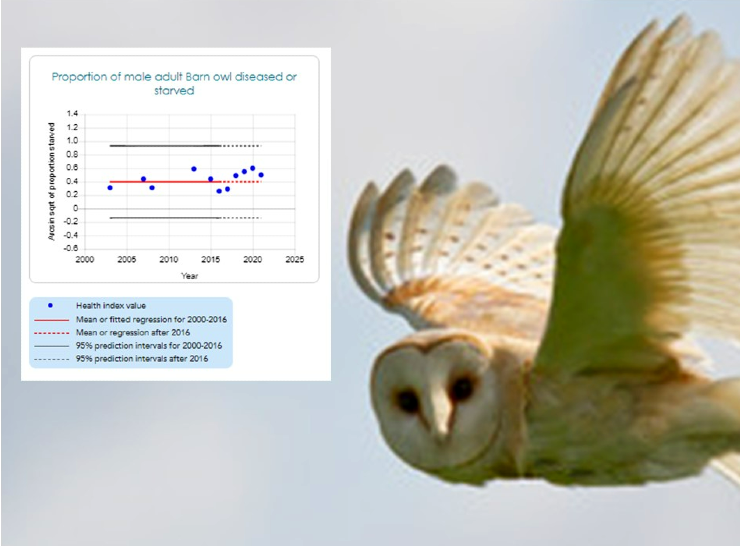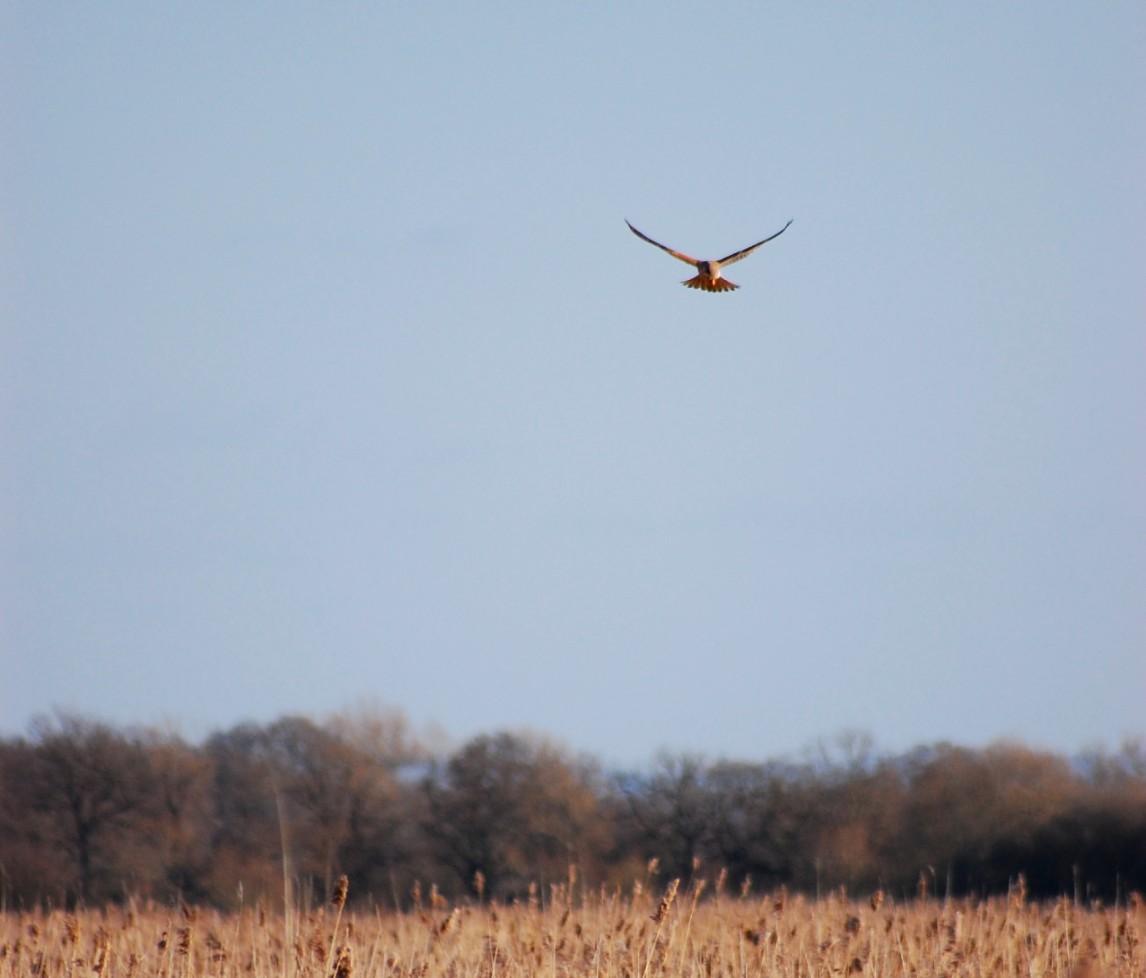Science challenge
The Predatory Bird Monitoring Scheme (PBMS) provides long-term national monitoring and assessment of the risks to vertebrate wildlife from environmental contaminants. This includes understanding of how and why contamination varies over time and space.
The chemicals monitored by the PBMS are those commonly used in rodenticides, flame retardants and other manufacturing processes. Some of these chemicals persist in the environment and accumulate via the food chain to the organs of predatory species such as birds of prey and mammals.
Project summary
The PBMS is a citizen science programme. Members of the public send us carcasses of predatory birds such as owls, kestrels, sparrowhawks and red kites that are found dead. We analyse the concentrations of contaminants in these birds’ tissues, as well as in eggs sent to us by licenced collectors. We use this information to determine how and why contaminant concentrations vary between species and regions, how they are changing over time, and the effects that they may have on individual birds and their populations. We typically receive, catalogue, process, post-mortem and archive samples from 300-600 carcasses and over 100 eggs per year.
Data generated by the scheme contributes to the Natural Environment Research Council’s objective of increasing resilience to environmental hazards. Our findings are also used by governmental and non-governmental organisations to assess the risk that chemical contaminants pose to wildlife and potentially to human health, to develop our knowledge of the food-chain transfer and effects and to provide information on the need for, and the success of, mitigation measures. The PBMS contributes to wider national and international monitoring and risk assessment programmes and provides a scientific evidence base to inform regulatory decisions. For example, PBMS data are presented annually to the UK Government Oversight Group for Rodenticide Stewardship.
